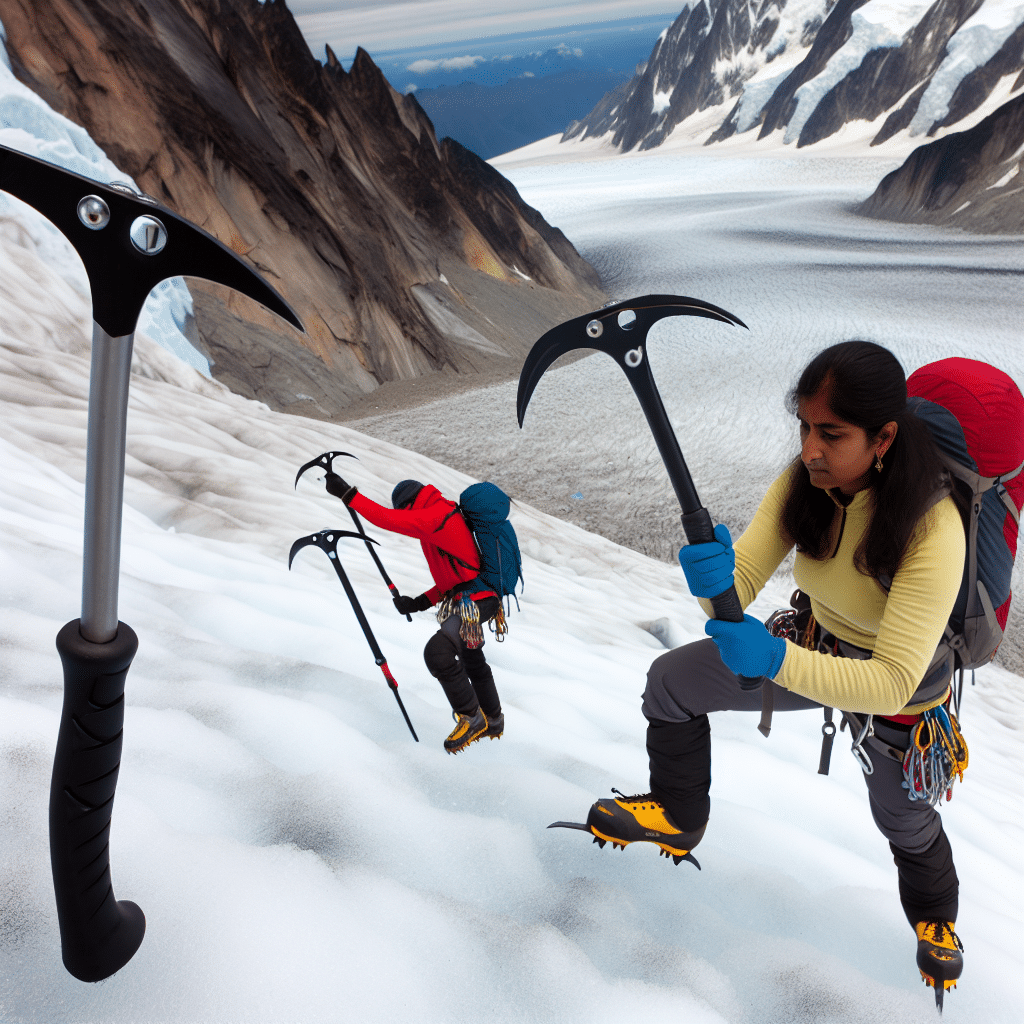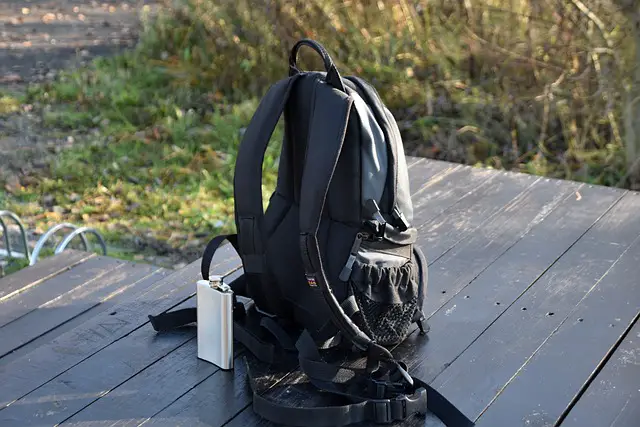Mountain climbing is an exhilarating and challenging sport that attracts adventurers from all corners of the globe. To safely and effectively tackle the rugged and often unpredictable terrain, climbers depend on specialized gear. One indispensable piece of equipment is the mountain climbing pick. This article will delve into the various aspects of mountain climbing picks, offering vital insights and answering common questions to help you make an informed decision for your next ascent.
What is a Mountain Climbing Pick and Why Do You Need One?
Mountain climbing picks, commonly referred to as ice axes, are essential tools for any climber navigating icy or snowy conditions. The primary function of a mountain climbing pick is to provide stability and support, enabling climbers to traverse steep and slippery slopes safely. These tools are particularly crucial for self-arrest, where the pick helps stop a climber who has slipped or fallen, preventing potentially dangerous falls.
Different Types of Mountain Climbing Picks
Not all mountain climbing picks are created equal. There are various types to suit different climbing scenarios and skill levels.
Technical Ice Axes
Technical ice axes are designed for advanced climbers tackling steep and challenging ice faces. They are generally shorter and more curved than standard picks, offering superior control and precision. The adze (a broad, flat blade) is often replaced by a hammer or a more specialized tool to aid in climbing ice walls.
General Mountaineering Axes
These are versatile picks suited for a wide range of climbing activities, from glacier travel to moderate ice climbing. They are typically longer than technical ice axes, providing more stability when used as a walking stick on gentle slopes. The adze is broader, making it useful for chopping steps in ice or snow.
Alpine Touring Axes
Alpine touring axes are lightweight and designed for fast and efficient movement through less technical terrain. They strike a balance between the versatility of general mountaineering axes and the specialized features of technical ice axes, making them ideal for ski mountaineering or light and fast ascents.
How to Choose the Right Mountain Climbing Pick
Selecting the right mountain climbing pick involves several considerations:
Terrain and Activity
First and foremost, consider the type of terrain and the climbing activities you’ll be engaging in. Technical ice axes are suited for steep and icy conditions, while general mountaineering axes offer more versatility for varied terrain.
Length
The length of the pick is crucial for both stability and comfort. For general mountaineering, the pick should reach your ankle when held by the head with your arm hanging loosely by your side. Shorter picks are better for technical climbing, offering better control and reducing the risk of entanglement.
Weight
Weight is another essential factor. Lighter picks are easier to handle and less fatiguing over long climbs, but they may compromise on durability and performance. Strike a balance between weight and functionality based on your specific needs.
How to Use a Mountain Climbing Pick
Knowing how to use a mountain climbing pick properly is vital for safety and efficiency.
Self-Arrest
One of the most critical skills to master is self-arrest. In the event of a fall, quickly flip onto your stomach, dig the pick’s spike into the snow, and use your body weight to stop your descent. Practice this technique regularly to ensure proficiency.
Walking and Climbing
When walking on flat or gentle slopes, hold the pick by the head, using it as a walking stick. For steeper ascents, switch your grip to the shaft, allowing the pick to dig into the slope for added stability.
Cutting Steps
Use the adze to chop out steps in hard snow or ice, creating secure footholds for easier climbing. This technique is particularly useful in steep or icy conditions.
Maintenance and Care for Your Mountain Climbing Pick
To ensure the longevity and performance of your mountain climbing pick, regular maintenance is essential.
Cleaning
After each climb, clean your pick with warm water and mild soap to remove dirt and grime. Dry it thoroughly to prevent rust and corrosion.
Sharpening
A dull pick can compromise your safety and effectiveness. Use a file to sharpen the spike and adze, ensuring they are clean and free of burrs.
Storage
Store your pick in a cool, dry place, away from direct sunlight and moisture. Use a protective cover for the spike and adze to prevent accidental injuries and damage.
Final Thoughts: Your Essential Tool for Mountain Adventures
The mountain climbing pick is more than just a tool; it’s a lifeline in the unpredictable and often perilous world of mountaineering. Whether you’re a novice climber or an experienced alpinist, choosing the right pick, mastering its use, and maintaining it properly are crucial steps in ensuring a safe and successful climb. Equip yourself with the knowledge and the right tools, and you’re on your way to conquering the peaks.
So, are you ready for your next adventure? With the right mountain climbing pick at your side, the summit awaits.




